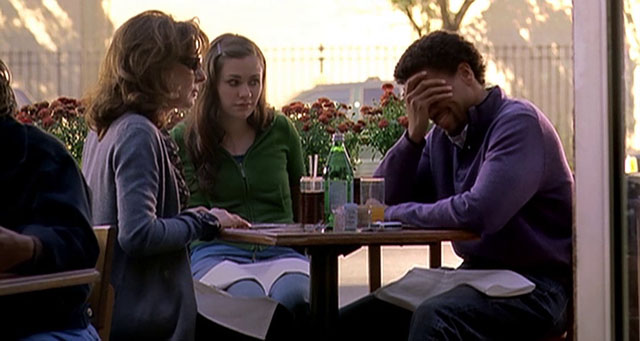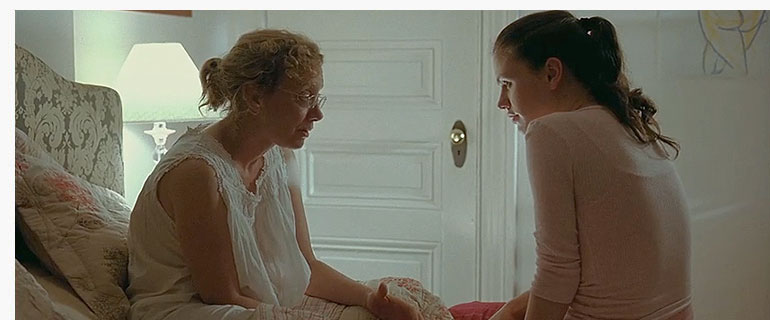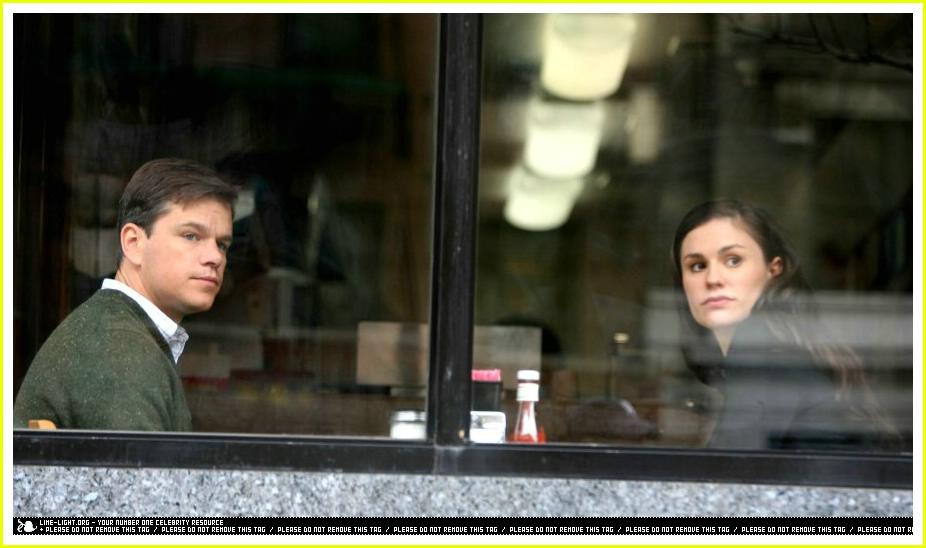Written for FIPRESCI’s web site (fipresci.org) on November 7, 2012. — J.R.
The potential everyday glibness of journalism is surely one of the key factors that distinguishes film reviewing from film criticism. This was painfully brought home to me shortly after reseeing at the Viennale the 150-minute version of Kenneth Lonergan’s remarkable Margaret, the winner of my jury’s FIPRESCI prize, almost a year after first encountering the film at the Gene Siskel Film Center in Chicago. In between these two viewings, I saw Lonergan’s 186-minute cut of the same film on a Blu-Ray containing both versions of the film, prompting me to write the following paragraph in my latest column for the Canadian quarterly Cinema Scope:
“I’m grateful to Kenneth Lonergan for clarifying in interviews that the 150-minute Margaret, which I saw in December 2011 and the 186-minute cut, which I saw in July, are both ‘director’s cuts,’ and now that Fox has released both in one Blu-Ray package, it’s hard to say which version I prefer. Both are brilliant messes and finely distilled renderings of the New York Jewish upper-middle-class zeitgeist circa 2003, regardless of whether one regards Anna Paquin’s teenage heroine as someone to identify with (apparently the writer-director’s position), or as monstrous, or as both (my position). Being able to accommodate all three attitudes, with just as much ambivalencc about most of the other major characters, has a lot to do with what keeps this film so vital and worrying. (Jeannie Berlin is a particular standout, but this movie also contains the only Jean Reno performance I’ve seen so far that I find likeable.)”
Rereading this paragraph shortly after reseeing Margaret in Vienna, I was embarrassed by what I’d written, however much I still agree with most of it, because it’s now clear to me that the film is anything but a mess. The latter in fact is anything but sprawling or rambling in its storytelling, but is in fact both economical and carefully structured. Whenever Lonergan cuts away to shots of Manhattan cityscapes or to some of the classroom discussions at the private school attended by Lisa (Anna Paquin), the 17-year old protagonist — two forms of narrative suspension in relation to the overall plot — the effect is always musical while remaining thematically relevant to the film’s larger concerns. As I wrote for the Viennale while trying to encapsulate some of the motivations of my jury in giving Margaret our prize, “Evoking some of the massive novels of the late 19th and early 20th century by writers such as Zola and Dreiser, Kenneth Lonergan’s masterpiece captures the zeitgeist of Manhattan circa 2003 [that is, in the recent aftermath of the decimation of the World Trade Center and roughly 3,000 people on September 11, 2001] with precision and insight, using its broad cast of flawed characters as microscopes as well as telescopes trained on our conflicted as well as troubled sensibilities.”(Whether or not the same description could be made of the film’s three-hour version will have to await another viewing and further reflection.)
Among these characters are Lisa, her actress mother (J. Smith-Cameron, Lonergan’s real-life spouse) and estranged father (Lonergan himself), the latter’s current partner, a stranger named Monica whose grisly death in a traffic accident near the beginning of the film is caused by Lisa’s flirtation with a negligent bus driver (Mark Ruffalo), the stranger’s best friend (Jeannie Berlin), a Latin American businessman (Jean Reno) dating Lisa’s mother, and some of Lisa’s teachers and classmates. The fact that Margaret boasts over a dozen such figures, all of them unusually well observed and compellingly acted, is part of the film’s uncommon achievement. (Arguably the only one who seems unnecessarily skimped and overlooked is Lisa’s younger brother.) But beyond this, the film’s intricate charting of the seeming impossibility of Lisa finding justice or closure in relation to her traumatic involvement in a stranger’s death is especially masterful: the dozen or so characters listed above don’t even include the film’s remarkable gallery of cops and lawyers, all of them adroitly profiled as well as performed.
This is what finally makes the description of Margaret as “novelistic” ultimately seem insufficient — and not only because the film’s title derives from a poem by Gerard Manley Hopkins, but also because Lonergan’s skill with actors clearly matches his storytelling gifts.




